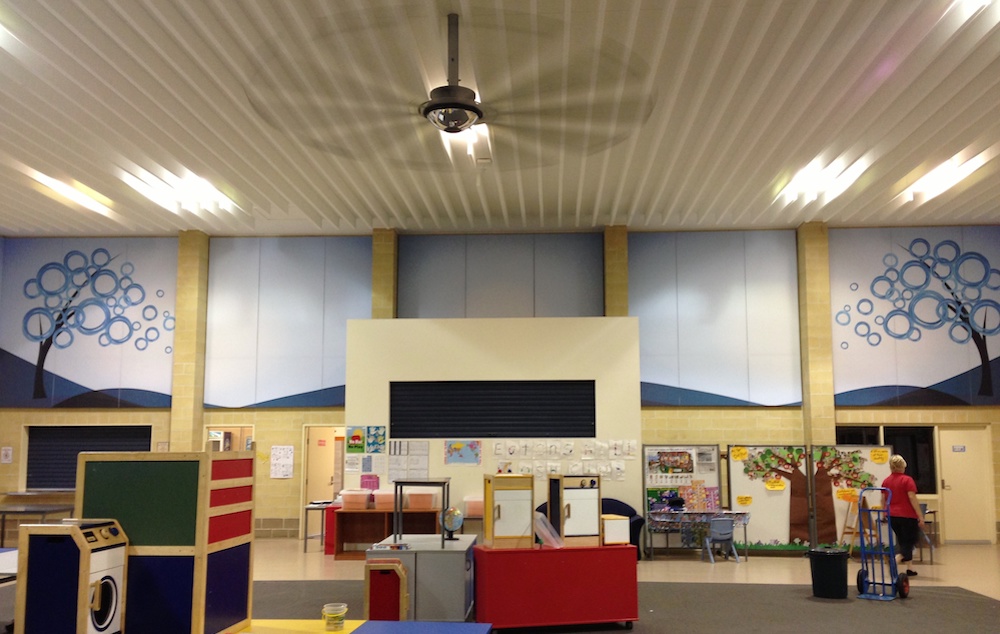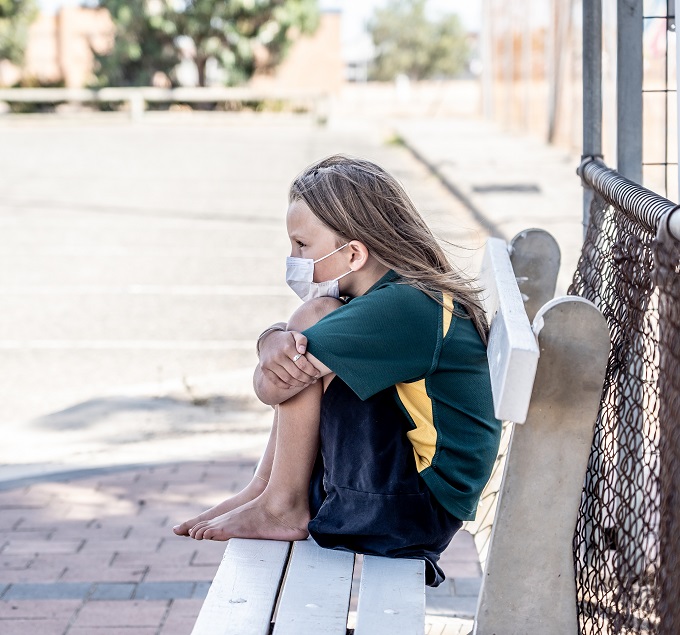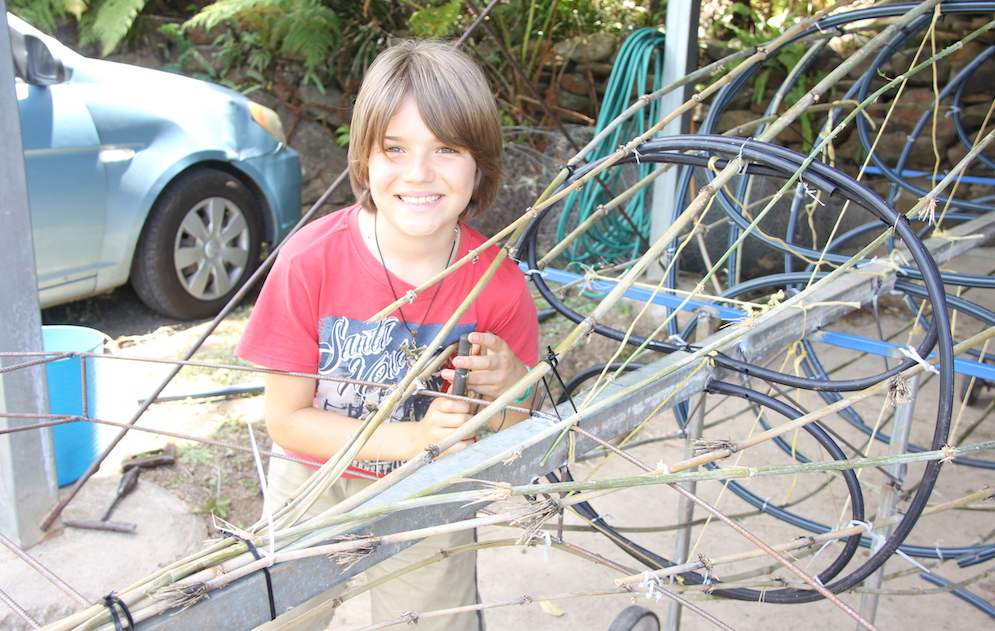5 ways to keep human connections when moving learning online due to coronavirus

While digital technologies enable people to work and learn from home during the COVID-19 pandemic, this huge task of seeking to meet particular learning objectives while going online ultimately falls to the people — the educators and students — who are behind the screens.
My research on educational technologies and social media in higher education shows how human connections and meaningful interactions are an essential part of the learning process, especially online.
As teachers and instructors shift to a digital environment, remembering our human capacities and prioritizing elements of interaction that make learning meaningful will be valuable.
Focusing on what people really need by starting from a place of empathy and compassion will help teachers — or others leading workplace transitions to online collaboration and work — keep in mind what’s most important as our society gets through this crisis.
Here are five ways teachers, or other course or project leaders, can keep human connections and meaningful interactions in focus during the move online. As as an educator and researcher who works with faculty and students to effectively integrate technology for learning, I’ve also used these guidelines in day-to-day decisions as our university moves to remote delivery.
1. Simplify and be flexible.
Right now, many of us are facing additional caregiving demands or stressful financial situations. It’s not realistic to think that instructors can rejig their face-to-face course into a fully robust online format in a matter of days, or to expect students will have unlimited time for learning. They’ll need to simplify the move to online by requiring only what’s absolutely necessary. Where possible, it will be important to build in flexible deadlines.
Instructors can enable people to participate and complete things at a range of times through forums, email or other textual formats. Asking people to do things at a scheduled time, such as videoconference, is more inflexible and can place additional burdens on those whose energy might be needed elsewhere. While hearing and seeing each other on Zoom or Skype can be useful for discussion and social connection, these real-time formats are best used sparingly or made optional.

2. Don’t assume people have reliable technology access or understand particular digital platforms.
Not everyone has consistent, reliable access to the internet and a computer. Some Canadians still lack home internet due to the costs or unavailability of services and won’t be able to access bandwidth-intensive activities like streaming video. Ask students what technology they have and provide low-tech and low-bandwidth options for completing the class with the most basic tools whenever possible.
In my own research, I’ve learned that we shouldn’t expect younger students to be tech-savvy “digital natives” or that they will automatically know how to use particular technologies. For this reason, regardless of people’s age, building in time and resources that help them learn and adapt to effectively setting up and using those technologies is an important part of online teaching.
3. Look for ways to build an online community.
This might sound like more effort for those already busy with the work of moving online, but making space for students to connect and collaborate creates valuable peer-to-peer learning opportunities. This can be as simple as dedicating an online discussion forum to questions arising or where students can choose to exchange email addresses, social media handles or other contact information.
While social media can help build connections, this doesn’t necessarily mean that teachers need to be on social media platforms with their students. Students often use social media to interact and share information with each other, but they can feel uncomfortable having their professor in this space. Just knowing that options are available for students to connect and help one another can allow teachers to set boundaries.
4. Don’t be afraid to crowdsource ideas.
In networked online environments, crowds can teach. Use social platforms to engage with and learn from colleagues and professional communities. For university educators, for example, there are number of lists, groups and hashtags (#KeepTeaching, #AcademicTwitter, #PandemicPedagogy) on social media that instructors are using to find people and resources that help with the move to online delivery.
Instructors can also keep in mind adopting or adapting open educational resources and look for ways to share expertise through open venues like Creative Commons.
5. Keep the big picture in mind.
Whether online or in person, good teaching responds to specific people’s needs in the context of what is happening right now.
Instructors leading online learning should acknowledge that this is a difficult time. Sharing light-hearted, positive stories might help ease the tension for a moment. Taking the time to offer information about where people can get help with their overall health and well-being, including mental health support and financial assistance that is available, will also be helpful.
Everyone’s overall screen time is bound to increase, so it’s important to balance that with extra breaks away from technology.
Let’s remember that even when we’re online, we are all in this together.![]()







